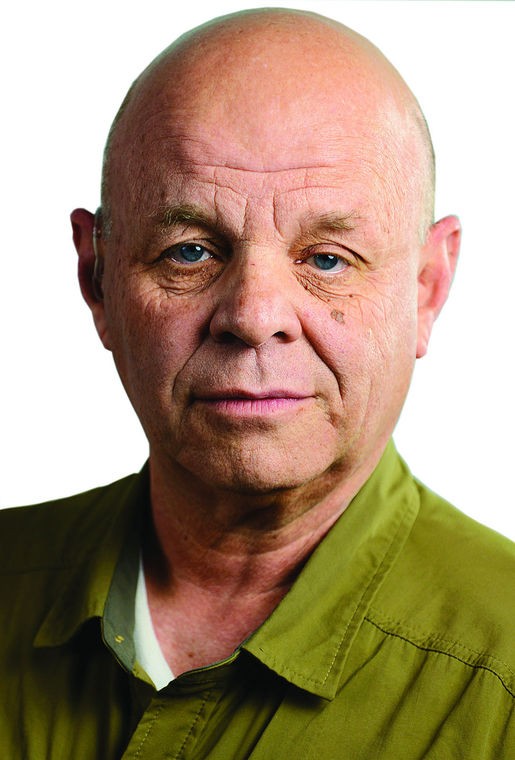When my wife and I visit Yellowstone National Park, we like to spend a couple of days exploring the upper loop of the park as I described last week, and a couple of days exploring the lower loop of the park. The lower loop or southern part of the park is that portion of the park from Canyon Village to the south entrance to the park. It also includes the area from the Madison Junction to Old Faithful and over the Continental divide and on down to Yellowstone Lake and on to the east entrance to the park.
We usually set up camp in the Madison campground because my wife likes the running water at each camp spot and the indoor, modern, bathroom facilities. We also like to return to the camp ground around 5 p.m. to cook dinner and see the elk come down to the meadows along the Madison River and listen to them bugle.
We try to have breakfast and then leave the campground early in the morning, turn right at the junction and drive the short distance to Fire Hole Canyon Drive to see Fire Hole Falls. After leaving Fire Hole Canyon, we drive south along the Fire Hole River past Fountain Flats to the Lower Geyser Basin.
The Lower Geyser Basin is impressive, and well worth taking 30 minutes to and hour to walk around the area. Just be sure to stay on the boardwalk path the park has built around the area.
About a mile south of the Lower Geyser Basin parking lot is the turnoff to Fire Hole Lake Drive. This is one of least known attractions in the park and yet one of the most beautiful and scenic spots. Fire Hole Lake should be on everyone’s list of things to see in the park.
Continuing south along the Fire Hole River, the road goes through the Midway Geyser Basin and Biscuit Basin where Chief Joseph of the Nez Perce lead his people through the park on their way to Montana and Canada.
Farther south is the upper Geyser Basin with several trails lasting from 1 to 2 miles around the upper basin area with views across the basin from the tops of the mountains around the area.
A mile farther down the road is Old Faithful, the most famous geyser in the park. The geyser goes off approximately every 45 minutes to an hour and is spectacular. There are cabins, showers, a hotel, medical facilities, a gas station and a couple of restaurants at Old Faithful. There are also numerous trails around Old Faithful and the other geysers in the area, which are also active. There are hiking trails all through the mountains around the Old Faithful area.
About 17 miles east of Old faithful is Craig Pass on the Continental Divide at 8,262 feet above sea level. There is a trail from Craig Pass down to Shoshone Lake.
About another 17 miles east of Craig Pass is the West Thumb of Yellowstone Lake, and the West Thumb Geyser Basin.
Turning north at West Thumb the road follows Yellowstone Lake approximately 40 miles to Bridge Bay, a boat harbor and campground where boat trips around Yellowstone Lake can be arranged.
The campground at Bridge Bay is really nice and often frequented by bison who camp there also. Just remember that bison don’t want to be your friends, so don’t antagonize them and you should be all right.
Lake is about 8 miles up the road from Bridge Bay and has a store, a lodge, cabins, a hotel, hospital, two restaurants and a post office.
Fishing Bridge is just a mile or so northeast of Lake and has a store, a hard-sided campground, a visitor center and a museum.
Following the road from Fishing Bridge north, one can view LeHardys Rapids and Sulfur Cauldron.
Sixteen miles northwest of Sulfur Cauldron is the Hayden Valley. Bison, bears, wolves, pelicans swans and many variety of ducks and other birds can be seen in the Hayden Valley.
At the top of the lower loop and across from Canyon Village, is the Grand Canyon of the Yellowstone, possibly the greatest attraction in the park. It certainly attracts artists and photographers.
From Canyon, my wife and I head for the Norris junction, turn left drive down through Gibbon Meadows, past Gibbon Falls and back to the Madison Campground to have dinner and wait for the elk to come down to the meadow along the Madison River and bugle late into the night.
Smokey Merkley was raised in Idaho and has been hunting since he was 10 years old. He was a member of the faculty of Texas A&M University for 25 years. There he taught orienteering, marksmanship, self-defense, fencing, scuba diving and boxing.
He was among the first DPS-certified Texas Concealed Handgun Instructors. He can be contacted at mokeydo41245@hotmail.com.



